The humble garlic, with its pungent aroma and versatile flavor, has transcended borders to become a globally coveted ingredient, woven into the culinary tapestry of countless cultures. But have you ever stopped to wonder where all those cloves end up? Let’s embark on a flavorful journey to uncover the top 10 garlic export markets in the world, exploring the cultural nuances, culinary traditions, and economic factors driving this aromatic trade that spans continents.
Why Garlic is a Global Superstar:
Before we delve into the specifics of garlic’s global journey, let’s understand the reasons behind its enduring popularity:
- Culinary Versatility: Garlic’s flavor-enhancing properties know no bounds. It’s a culinary chameleon, seamlessly adapting to a diverse range of cuisines. From the fiery stir-fries of Asia and the fragrant curries of India to the rustic dips of the Mediterranean and the vibrant salsas of South America, garlic adds depth, complexity, and a touch of magic to dishes across the globe.
- Health Benefits: Beyond its culinary appeal, garlic boasts a long-standing reputation for its potential health benefits, making it a favorite in traditional medicine systems for centuries. Modern science is catching up, with studies suggesting that garlic’s rich antioxidant content and compounds like allicin may contribute to boosting the immune system, reducing blood pressure, and even combating inflammation. This growing awareness of garlic’s potential health benefits further fuels its demand, particularly in health-conscious markets seeking natural remedies.
- Cultural Significance: Garlic’s influence extends beyond the culinary realm, often playing a significant role in cultural traditions and beliefs. In many cultures, garlic is believed to possess protective qualities, warding off evil spirits or bringing good luck. It’s not uncommon to find garlic incorporated into rituals, ceremonies, or even worn as an amulet in some parts of the world. This cultural significance adds another layer to garlic’s global appeal, making it more than just a culinary ingredient.
Unveiling the Top 10 Garlic Export Destinations:
Now, let’s peel back the layers of the global garlic trade and explore the top 10 countries fueling this pungent demand, each with its unique culinary story to tell:
- Indonesia: Indonesia claims the top spot as the world’s largest garlic importer, a testament to the ingredient’s integral role in Indonesian cuisine. Garlic is practically indispensable in Indonesian kitchens, featuring prominently in their beloved dishes like nasi goreng (fried rice), where it adds a savory depth, rendang (slow-cooked meat stew), where it infuses the meat with its aroma, and sambal (chili paste), where it provides a pungent kick.
- Brazil: Brazil’s love for bold flavors and vibrant cuisine makes it the second-largest garlic importer. Garlic is a staple in Brazilian kitchens, adding depth and complexity to their national dishes. Imagine feijoada (black bean stew) without its garlicky richness, moqueca (fish stew) lacking its aromatic depth, or farofa (toasted cassava flour) missing its savory touch – garlic is the unsung hero of many Brazilian culinary masterpieces.
- United States: From the garlicky aroma wafting from Italian restaurants serving up plates of pasta to the pungent kick in Mexican salsas, garlic is a pantry staple in American households. The United States, with its diverse culinary landscape, influenced by waves of immigration, and its large population, secures its place as a major garlic importer, embracing the ingredient’s versatility in dishes from around the world.
- Malaysia: Malaysian cuisine is a melting pot of flavors, reflecting the country’s rich cultural diversity. And within this tapestry of tastes, garlic plays a starring role in many of their signature dishes. From fragrant curries, where garlic forms the base of the spice paste, to spicy sambals, where it adds a pungent kick, to stir-fries and noodle dishes, where it infuses the dish with its aroma, garlic is an essential ingredient in Malaysian kitchens.
- Vietnam: Garlic is deeply ingrained in Vietnamese cuisine, adding its pungent aroma and flavor to their iconic dishes, balancing out the fresh herbs and delicate flavors. Imagine pho (noodle soup) without its subtle garlicky undertone, Goi Cuon (fresh spring rolls) lacking their dipping sauce’s pungent kick, or Bun Cha (vermicelli noodles with grilled pork) missing its dipping sauce’s depth – garlic is essential to the Vietnamese culinary landscape.
- Bangladesh: Garlic is an integral part of Bangladeshi cuisine, adding depth and complexity to their flavorful curries, lentil dishes, and vegetable preparations. The country’s large population and reliance on garlic in their daily cooking, where it’s often fried to a golden brown to release its aroma, make it a significant importer.
- Pakistan: From fragrant biryanis and flavorful curries, where garlic is often used in a paste with ginger and spices, to lentil stews and meat dishes, where it adds a savory depth, garlic is an essential ingredient in Pakistani cuisine. The country’s large population and love for garlic-infused dishes contribute to its position as a major garlic importer.
- Philippines: Garlic is a staple in Filipino cuisine, adding its pungent kick to dishes like adobo (chicken/pork braised in vinegar and soy sauce), where it’s often browned to perfection, sinigang (sour soup), where it adds a subtle aroma, and lechon (roasted pig), where it’s used in the marinade and stuffing. The country’s widespread use of garlic in their daily cooking makes it a significant importer.
- Saudi Arabia: Garlic is a common ingredient in Middle Eastern cuisine, and Saudi Arabia, with its large population and consumption of traditional dishes, emerges as a major importer. Garlic is used in a variety of Saudi dishes, including kabsa (mixed rice dish), where it’s often added to the rice for flavor, matazeez (lamb stew), where it infuses the meat with its aroma, and salatim (dips and spreads), where it adds a pungent kick.
- Egypt: Garlic holds a prominent place in Egyptian cuisine, adding its pungent aroma and flavor to dishes like ful medames (fava bean stew), where it’s a key ingredient in the accompanying sauce, koshari (Egyptian rice dish), where it’s often fried until crispy and sprinkled on top, and various meat and vegetable preparations, where it adds depth and complexity.
Factors Influencing Garlic Import:
The global garlic trade is a complex web influenced by a multitude of factors. Here are some key elements that impact a country’s garlic import volumes:
- Domestic Production: Countries with lower domestic garlic production, often due to climate limitations or land availability, often rely heavily on imports to meet their demand. This reliance on imports makes them key players in the global garlic trade.
- Culinary Traditions: Cultures that heavily incorporate garlic in their traditional cuisines, using it as a staple ingredient rather than a mere flavor enhancer, tend to have higher import volumes. These countries often have specific culinary preferences for certain garlic varieties, influencing their import sources.
- Population Size: Countries with larger populations naturally have higher demand for garlic, simply due to the sheer number of mouths to feed. This increased demand directly influences their import needs, making them attractive markets for garlic-producing nations.
- Economic Factors: Beyond culinary preferences, economic factors play a significant role in shaping the global garlic trade. Factors like import tariffs, trade agreements between nations, and currency fluctuations can impact garlic import volumes, making it a dynamic and ever-evolving market.
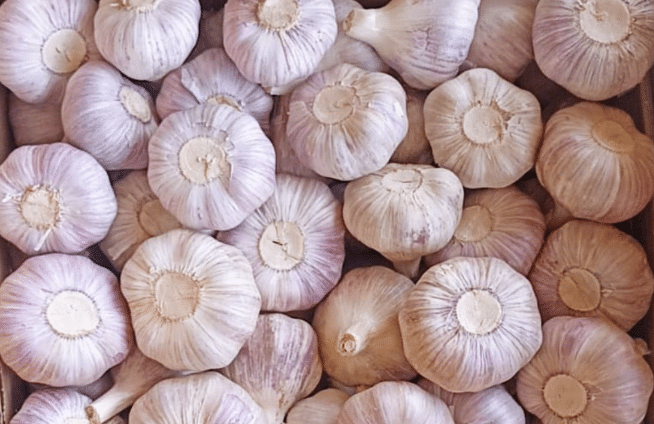
A Glimpse into the Global Garlic Trade:
To provide a clearer picture of the global garlic trade, let’s look at some estimated import volumes:
| Rank | Country | Estimated Import Volume (Metric Tons) | Key Garlic Uses |
|---|---|---|---|
| 1 | Indonesia | Over 500,000 | Sambal, Nasi Goreng, Rendang |
| 2 | Brazil | Around 400,000 | Feijoada, Moqueca, Farofa |
| 3 | United States | Around 250,000 | Italian, Mexican, and various global cuisines |
| 4 | Malaysia | Around 150,000 | Curries, Sambals, Stir-fries |
| 5 | Vietnam | Around 120,000 | Pho, Goi Cuon, Bun Cha |
Note: Import volumes are approximate and can fluctuate based on annual consumption patterns, agricultural yields, and market fluctuations.
Why Choose CAIE for Your Wholesale Garlic Needs?
As a leading supplier of high-quality garlic from Shandong Province, China – the world’s largest garlic-producing region – CAIE offers food processors a unique combination of advantages:
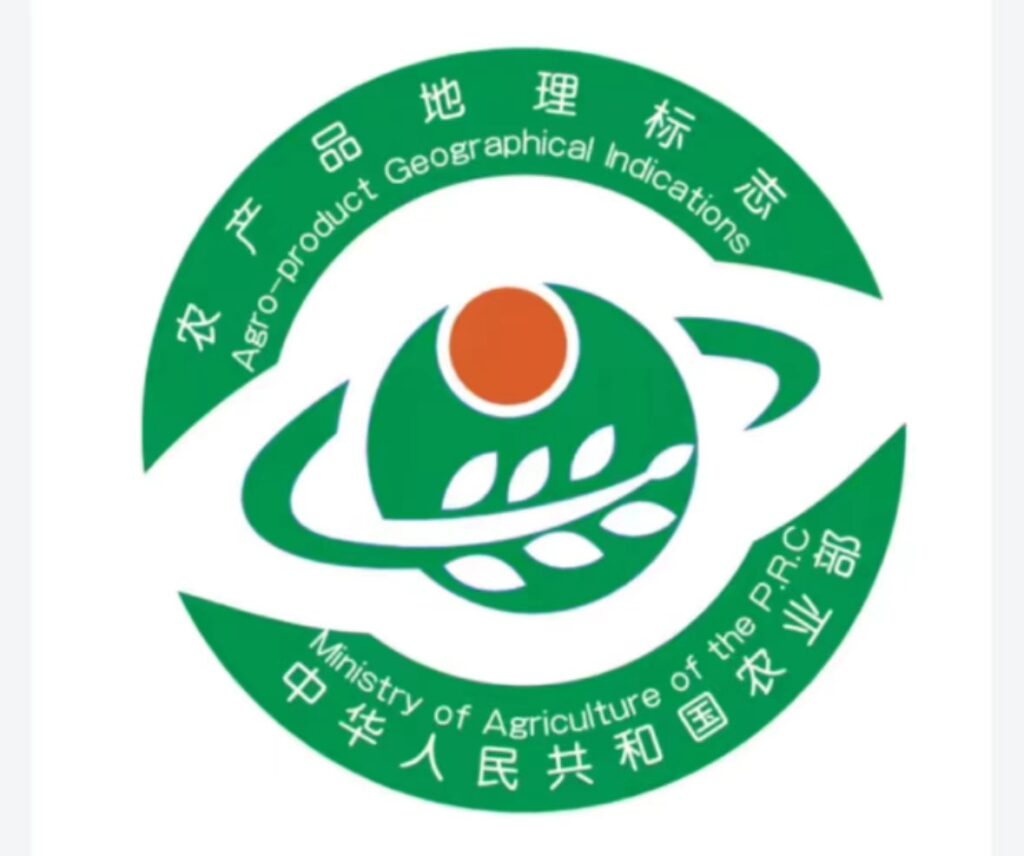

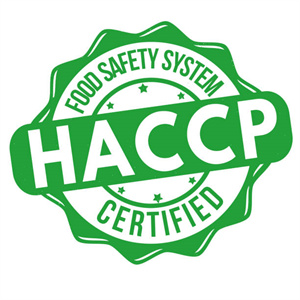
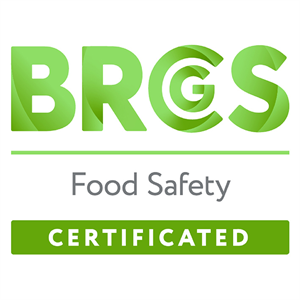
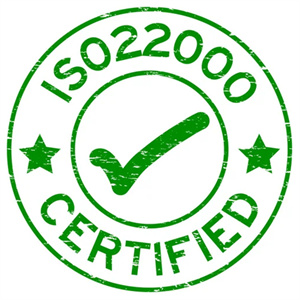
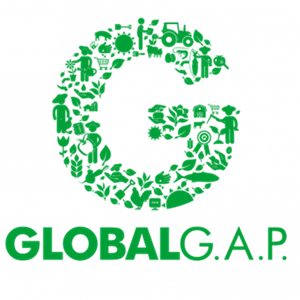
- Unwavering Commitment to Quality: At CAIE, quality is non-negotiable. Our garlic is cultivated on over 10,000 acres of company-owned farms in Jinxiang County and Weifang City, adhering to the highest international standards, including those of the European Union, Japan, and the U.S. From soil analysis and seed selection to green planting and harvesting, we maintain meticulous control over every stage of production to ensure exceptional quality and flavor consistency.
- Reliable Supply & Capacity: With our extensive farming operations, modern storage facilities exceeding 100,000 square meters, and a dedicated logistics team in the Weifang Free Trade Zone, CAIE guarantees a consistent and reliable supply of garlic to meet the demands of even the largest food processors. We offer flexible order sizes, competitive lead times, and the capacity to handle large-scale orders efficiently.
- Garlic Expertise & Customized Solutions: Backed by a team of agricultural experts and a foreign trade division with over 20 years of experience, CAIE provides unparalleled expertise in garlic varieties, forms, and their suitability for specific food processing applications. We work closely with our clients to understand their unique needs and develop tailored solutions, from sourcing specific garlic types to providing custom processing and packaging options.
- Sustainable & Ethical Sourcing: CAIE is committed to sustainable agriculture practices and ethical sourcing throughout our supply chain. We prioritize environmentally responsible farming methods, fair labor practices, and transparency in our operations. By choosing CAIE, you’re not only getting premium garlic but also supporting a company that aligns with your values.
- Partnership Approach & Customer Focus: At CAIE, we believe in building long-term partnerships with our clients based on trust, transparency, and mutual success. Our dedicated customer support team is always available to answer your questions, address your concerns, and provide ongoing support to ensure your complete satisfaction.
The Future of Garlic: A Pungent Forecast:
The global demand for garlic shows no signs of waning. As culinary trends evolve, embracing bolder flavors and global cuisines, and health consciousness rises, garlic, with its unique flavor profile and potential health benefits, is well-positioned to maintain its position as a globally cherished ingredient. The future of garlic is pungent, promising continued growth and a permanent place at the global table.
